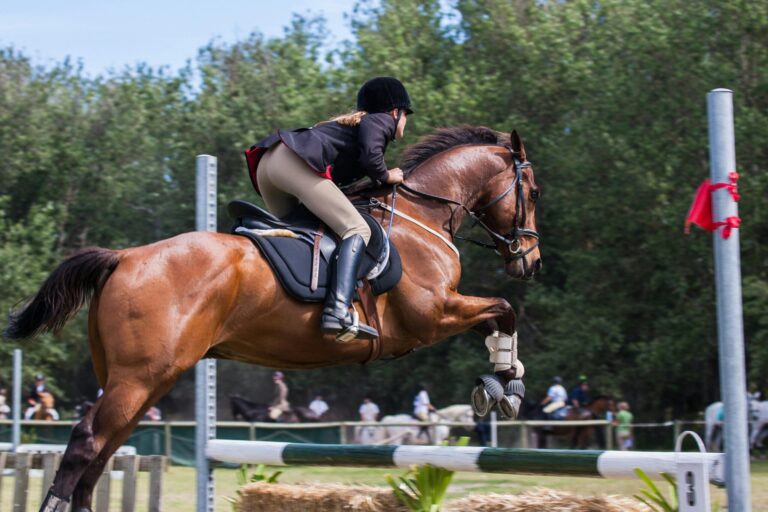Question
On account of a rent arrears the creditor has had my horse seized through a bailiff. As a result I, for example, cannot transport the horse without permission. Is this attachment valid? What measures can I take?
Answer European Equine Lawyers
When a debtor refuses to pay the rent on time and this creates a rent arrears, the creditor can impose an attachment, so that he increases the chance that his claim will be paid as much as possible. This is called a prejudgement attachment. In order to impose an attachment the creditor must first obtain a so-called ‘leave to attach’ from the court in preliminary relief proceedings. As soon as the court has granted the leave, the judgment creditor usually has 14 days to start legal proceedings. During these proceedings the claim of the creditor is further examined and it is assessed whether the attachment is valid.
As soon as a movable item, such as a horse, is attached, this means that the owner is not allowed to alienate (sell or encumber) the horse. However, this does not imply that the horse may not be transported.[1] This is different if the accompanying passport has also been attached. On the basis of the Identification and Registration legislation, which legislation is based on European regulations, a horse must always be accompanied by his passport.
Besides the payment of the rent arrears, there are two possibilities to lift the attachment. First of all, there are the so-called preliminary relief proceedings for lifting an attachment. With these proceedings the debtor can state at the court why the attachment should be lifted. The grounds on which the court can lift the attachment are stated in article 705 of the Code of Civil Procedure. The court can lift the attachment, for example, if the judgment creditor has not complied with all procedural requirements. If ‘prima facie evidence shows the invalidity and/or lack of necessity of the attachment’. The attachee has to prove that this is the case. In order to decide about this the interests will be mutually balanced. On the one hand there is the judgment creditor who runs the risk that he cannot recover his claim when the attachment is lifted and on the other hand there is the attachee who will incur a loss as a result of the attachment when the claim is defective. Furthermore, an attachment can be regarded as ‘unnecessary’ if the debtor provides sufficient opportunity for recovery and when there is no risk of embezzlement (in other words, the sale of the horse). When reading the case, I think that the rent arrears actually applies. It is for this reason that it is not automatically plausible that the court will proceed with lifting the attachment on account of the invalidity of the imposed attachment. However, the court will proceed with lifting the attachment if the attachee offers provides sufficient security.
Besides these so-called preliminary relief proceedings for lifting an attachment there is also the possibility – without the requirement of legal proceedings – to offer a bank guarantee to have the attachment lifted. Then the bank will provide security to the creditor that a certain sum, that is to say, the level of the rent arrears, will be paid when the judgment creditor is proved right in the proceedings on the merits. As soon as a bank guarantee is provided, the attachment must be lifted, see article 705, paragraph 2 Code of Civil Procedure.
When a horse owner is confronted with an attachment on his or her horse, this is obviously a very unpleasant situation. In these cases it is always advisable to consult a lawyer, who can examine the validity of the attachment together with you and, if necessary, can take the required legal steps on behalf of you.
This question has been answered by Mr Luc Schelstraete, LLM. and Mrs Nikki Hamers, LLB. of European Equine Lawyers.

